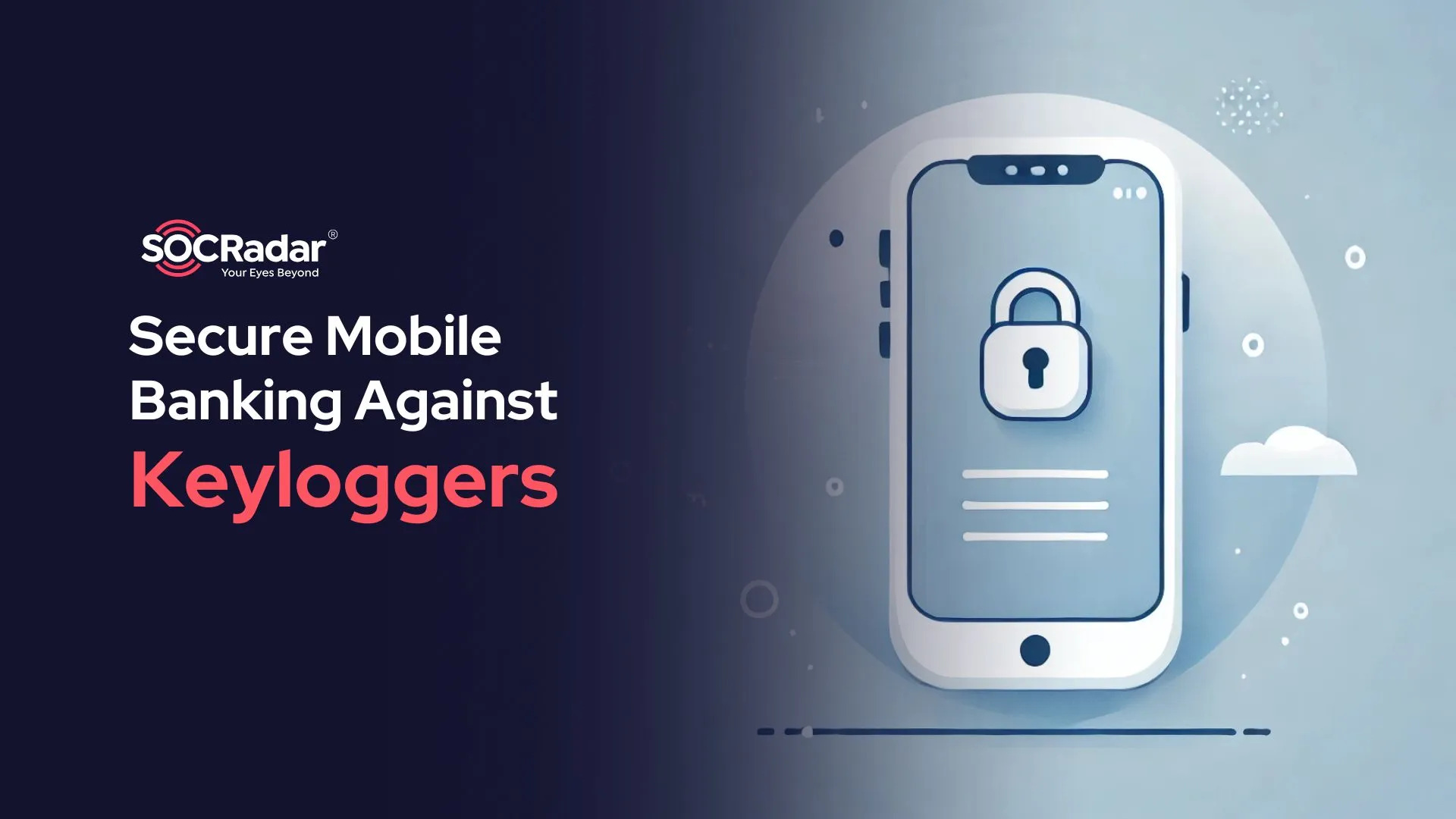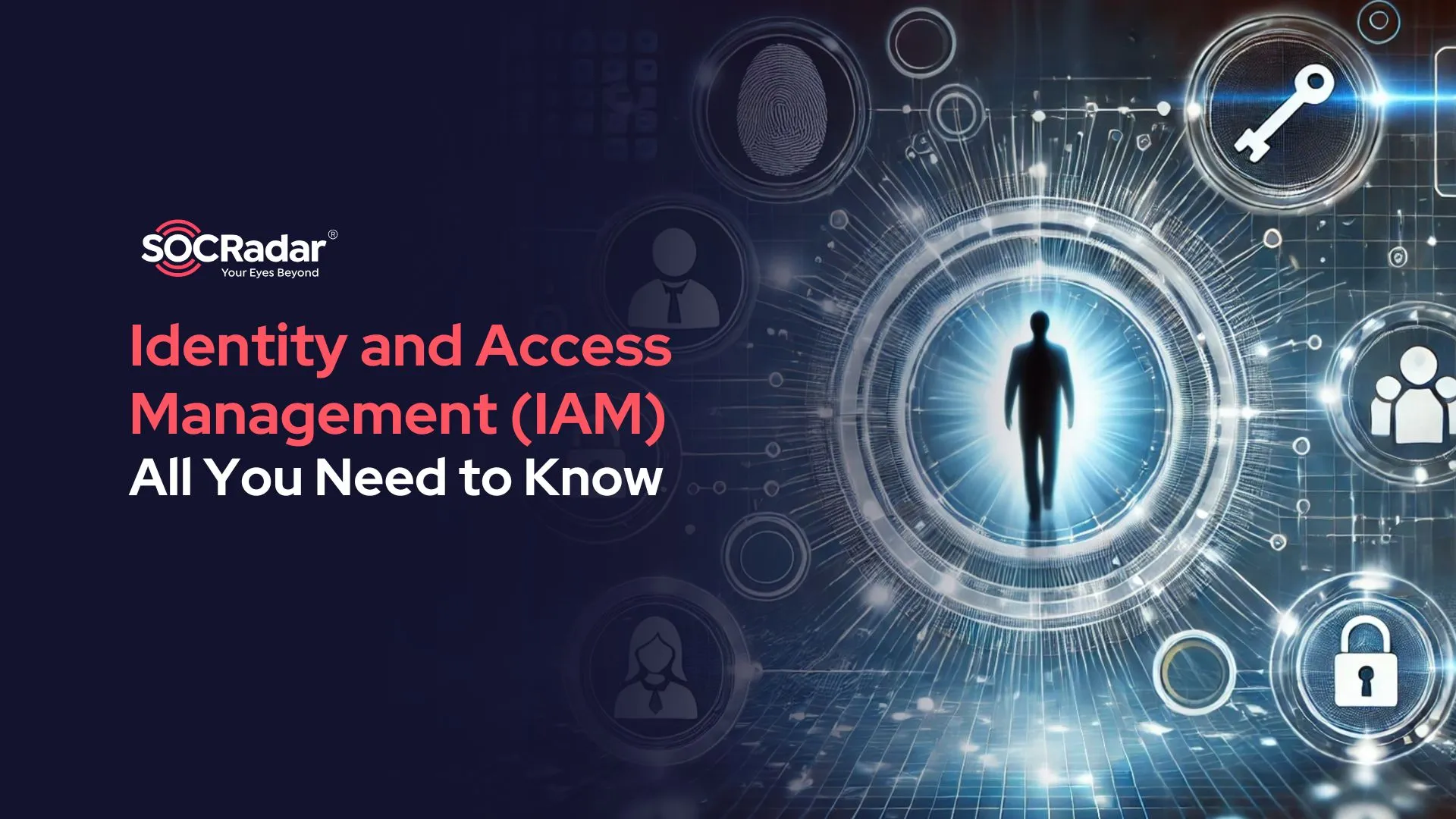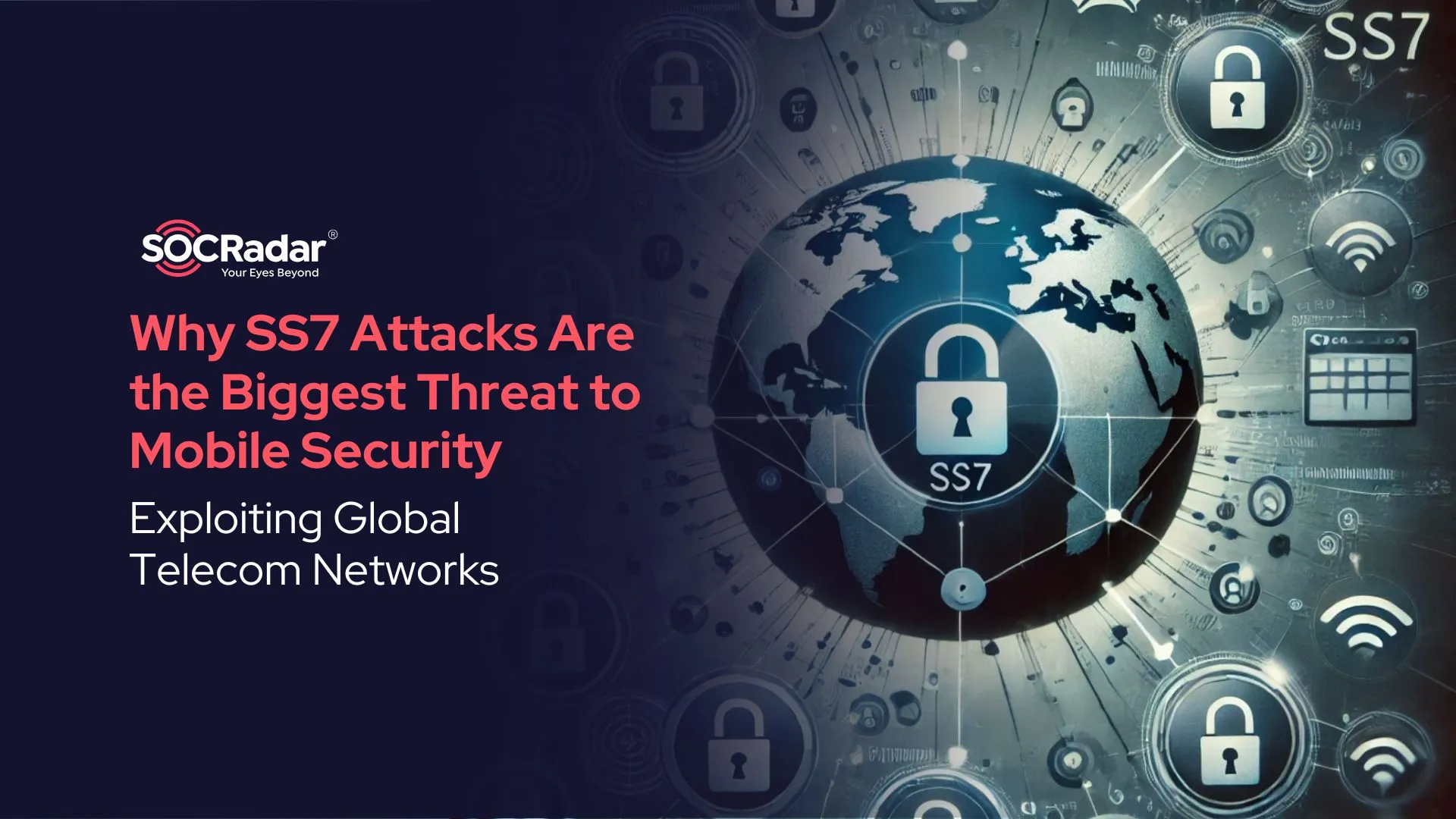
How to Protect Employees Against Phishing Attacks?
The Cybersecurity and Infrastructure Security Agency (CISA) has mentioned in Avoiding Social Engineering and Phishing Attacks on August 25, 2020; an attacker utilizes human contact (social skills) to gather or compromise information about an organization or its computer systems a social engineering attack.
Phishing is a type of social engineering. Phishing attacks impersonate a trustworthy institution and ask for personal information via email or malicious websites. Attackers frequently target current events and specific times of the year.
Business Email Compromise (BEC) Phishing Results in Huge Financial Losses
The risk of Business Email Compromise (BEC) is skyrocketing, with a nearly 100% increase in the n attacks. This type of attack is executed by leveraging stolen credentials through Account Takeover attacks where threat actors take complete control of the legitimate users’ accounts.
Apart from the substantial financial losses, BEC attacks can have a massive impact on corporate-level reputation and stakeholders’ trust and supply chain security. Gartner predicts that BEC attacks will continue to double every $5 billion each year and lead to significant financial losses for enterprises through 2023.
How to “Phight with the Phishing”
- Phishing awareness training and introducing phishing-related data breaches in the real-life situations
Your first line of defense against phishing attacks is security-conscious employees. Creating a company-wide security training program that is mandatory goes a long way toward protecting your data.
Make this training a part of your onboarding process, and plan refresher classes regularly. Show real examples of firms that have experienced a data breach due to a phishing email to help employees realize what you’re up against.
- Simulate Phishing Attacks with Users as well as Suppliers
Best practices should be covered in training. Phishing simulators provide your staff with the opportunity to improve their education while also assisting them in reaching a level where they can detect all types of phishing as perfect practices. It’s recommended to include Suppliers in this kind of simulation exercise.
- Enforce Password Policies and Enable Multifactor Authentication (MTA)
Keep password expiration regulations in place and guidelines governing what passwords are allowed. Minimum password length, numerals, and special characters all aid in the creation of more complicated passwords that are more difficult to crack.
Furthermore, even if an employee gives a scammer personal information, MFA makes it more difficult to acquire access to the employee’s work account.
- Assist your employees in identifying and reporting phishing emails
Common indicators of phishing attempts,
- Suspicious mail address of a sender
- Deficiency of a specific greeting
- Spoofed links and websites
- Grammatical errors and lousy formatting
- Unreliable attachments
- Instillation a sense of urgency to act
- Use a filter to block phishing attempts
Incoming emails are scanned by spam filters and secure email gateways for undesired or fraudulent information. They prohibit them from ever reaching a virtual private server (VPS) employee’s inbox once they’ve been discovered.
Filtering phishing emails before they reach your users reduce the risk of phishing attacks and the time users must spend monitoring and reporting emails.
- Have a plan to deal with incidents
To “phight the phish,” it’s critical to create, maintain, and practice a basic cyber incident response plan that includes procedures for responding to and notifying victims of phishing attacks, as well as strategies for the possibility of critical systems being inaccessible for an extended period.
Discover SOCRadar® Free Edition
With SOCRadar® Free Edition, you’ll be able to:
- Discover your unknown hacker-exposed assets
- Check if your IP addresses tagged as malicious
- Monitor your domain name on hacked websites and phishing databases
- Get notified when a critical zero-day vulnerability is disclosed
Free for 12 months for 1 corporate domain and 100 auto-discovered digital assets.
Try for free


































